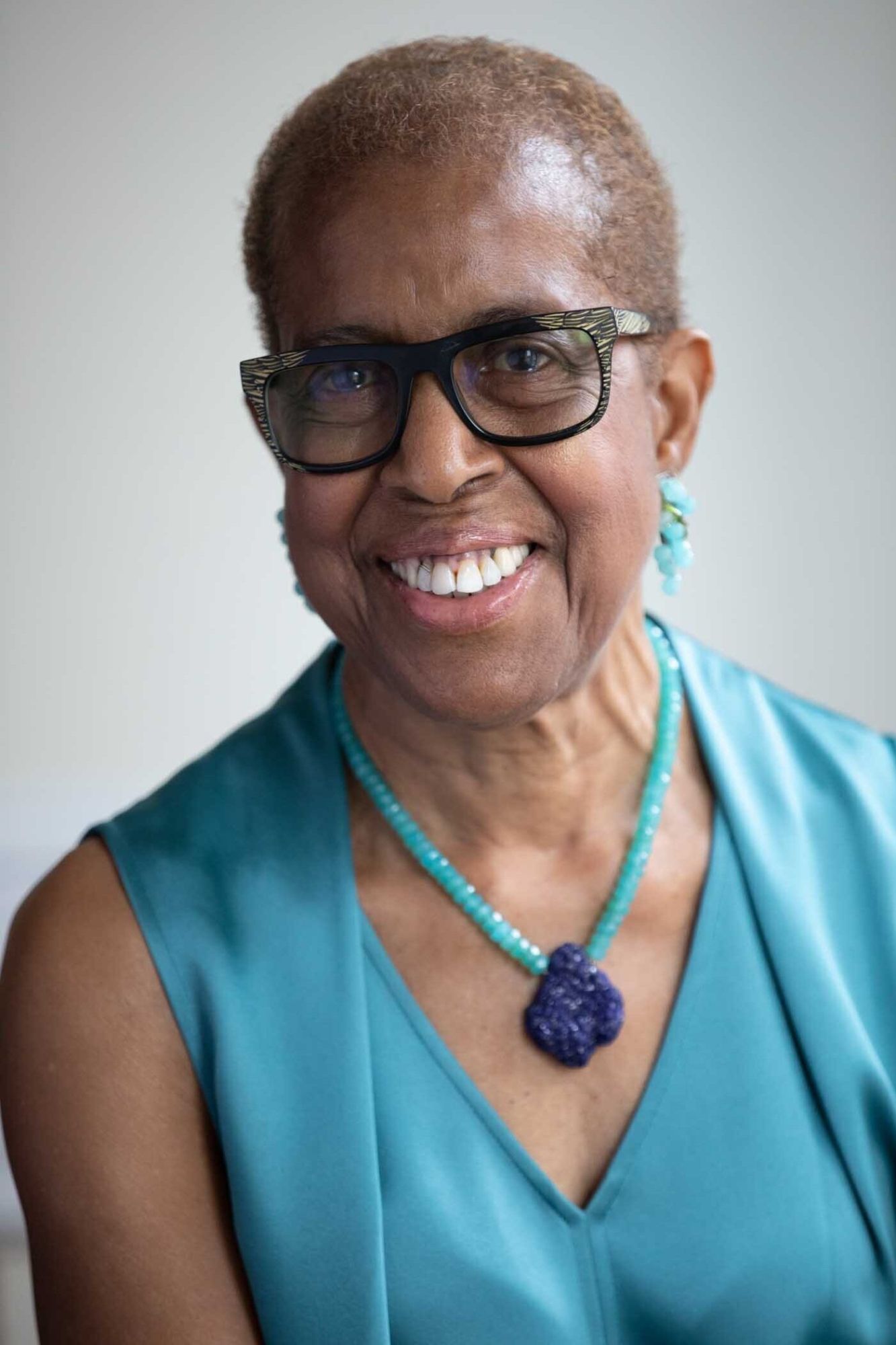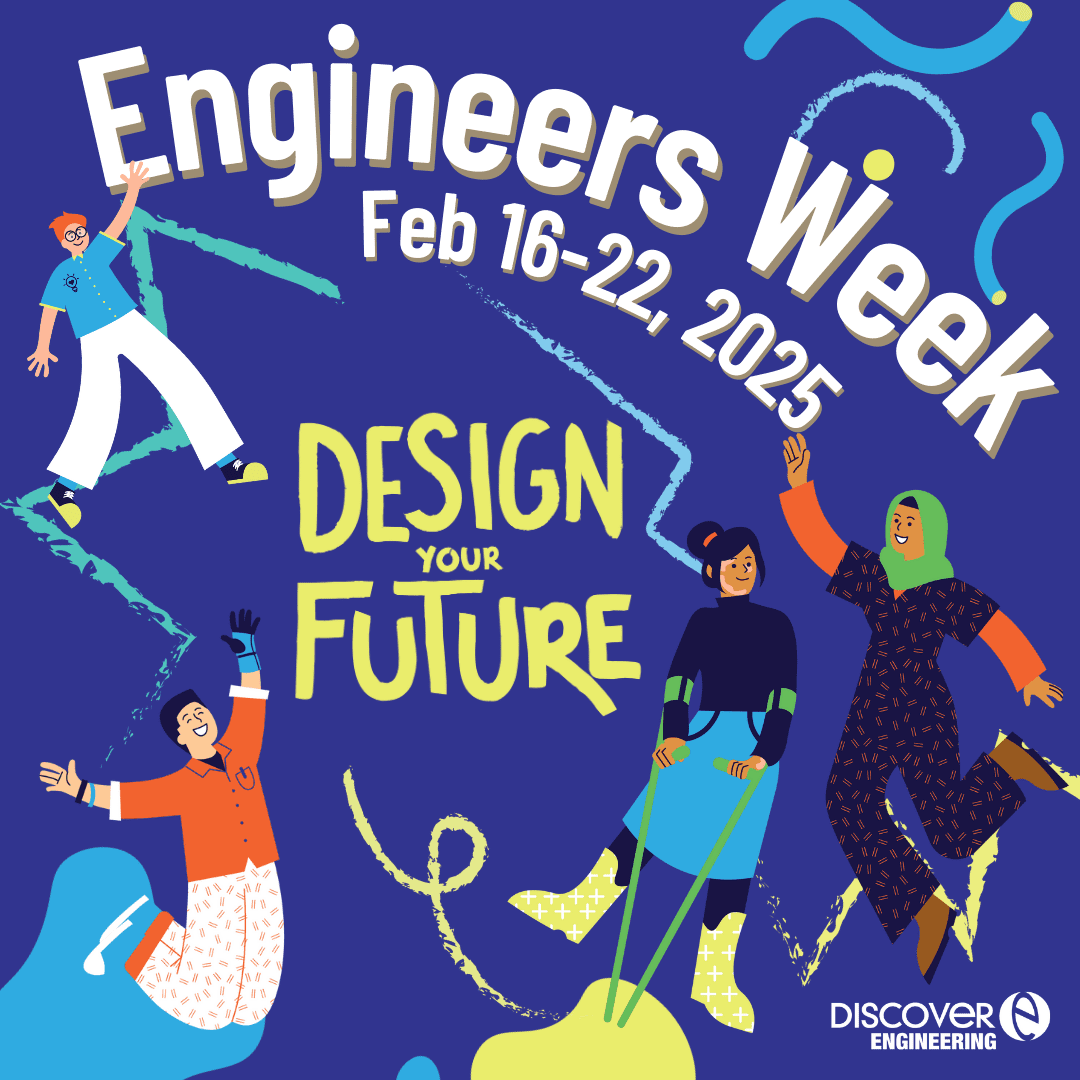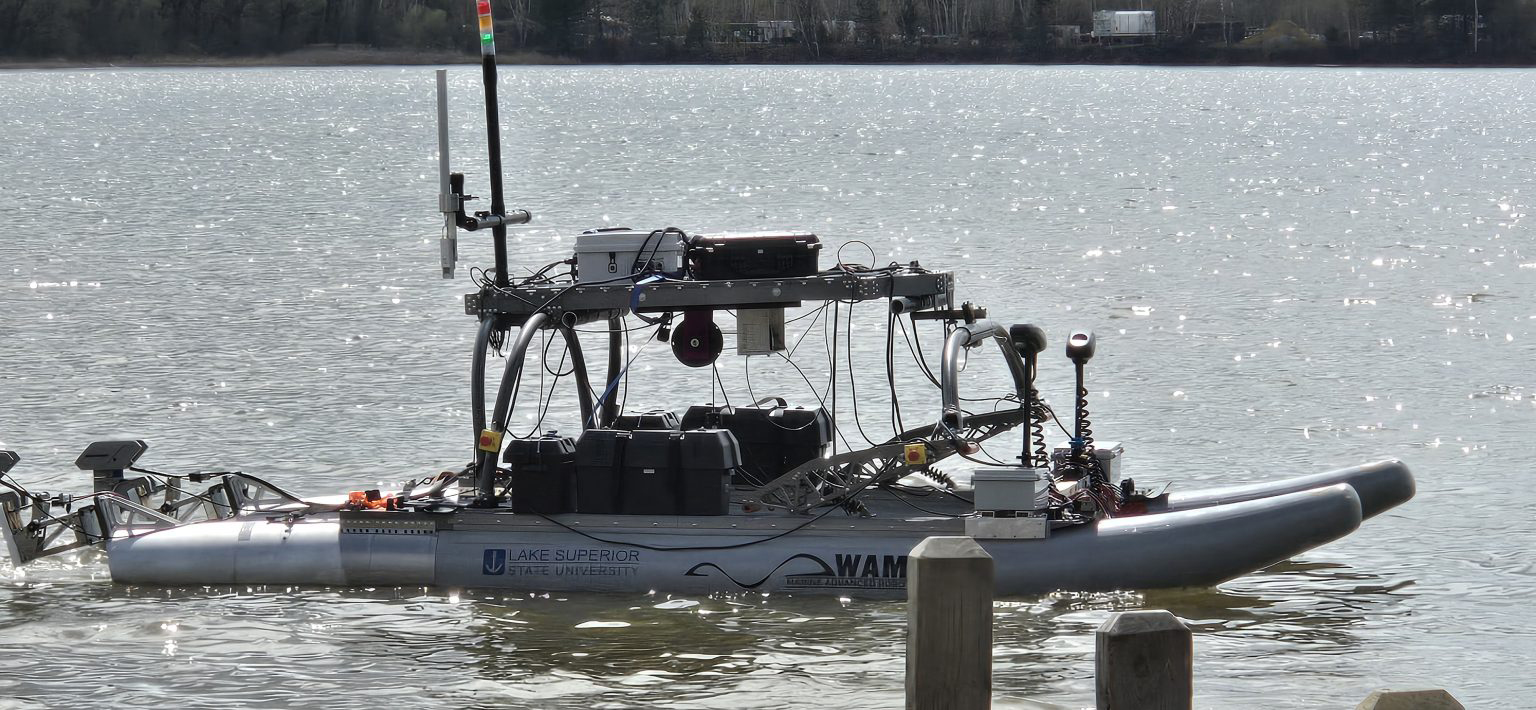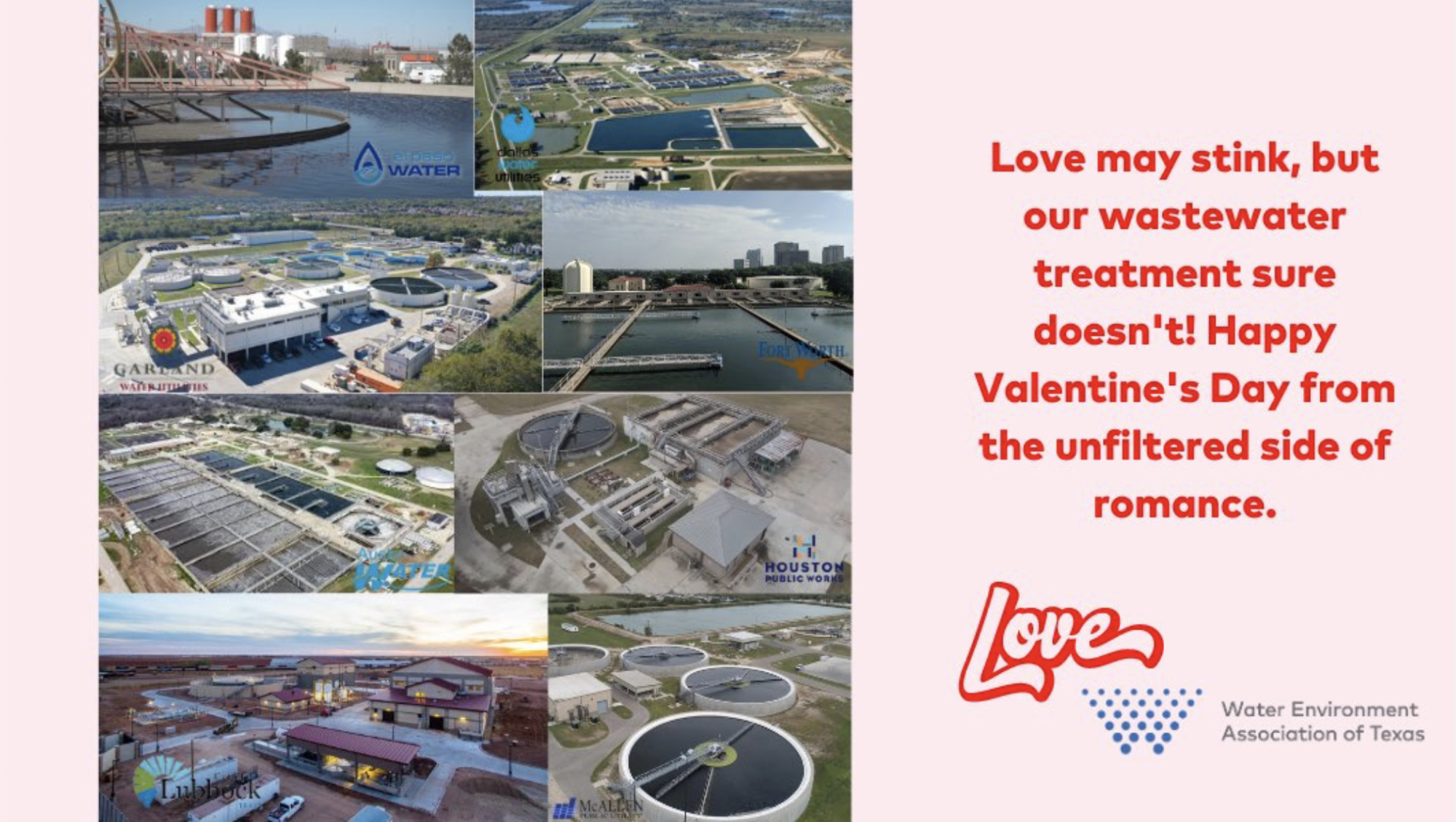
Black History Month

After completing her master’s in environmental engineering in 1968, Lilia Ann Abron became the first African American woman to earn a doctorate in chemical engineering in 1972. Her thesis focused on reverse osmosis and the removal of pesticides from water. In 1978, she founded and became president/CEO of PEER Consultants, P.C., an engineering consulting firm focused on environmental issues and concerns relating to physical and human environments. The firm has undertaken extensive water, sanitation and hygiene (WASH) initiatives in collaboration with Black Belt Unincorporated Wastewater Program to help tackle unequal access to sanitation in rural areas. Abron is a registered professional engineer and member of the Water Environment Federation, American Society of Civil Engineers and American Water Works Association. She serves on the Engineering Advisory Board for the National Sciences Foundation. In 2020, she was elected to the National Academy of Engineering for her work providing sustainable housing and environmental engineering solutions in the U.S. and South Africa. In 2021, she became president of the American Academy of Environmental Engineers and Scientists.
DiscoverE Engineers Week

DiscoverE Engineers Week is Feb. 16-22. This year's theme is "Design Your Future," which is a call to action and celebration of the limitless possibilities in engineering. Learn how to get involved with DiscoverE Engineering.
Lake Superior State University Autonomous Maritime System Project

Students at Lake Superior State University participated in an Autonomous Maritime System project aimed at automating water quality monitoring. The project team’s Wave Adapted Modular Vessel (WAM-V) was equipped with a conductivity, temperature and depth (CTD) sensor, a key part of the Water Quality System (WQS). The team tested the WQS in various bodies of water to ensure the robotic vessel could cover extensive areas and collect data with precision. They randomly sampled to collect data that provided depth profiles of conductivity and temperature. The data collected by the WAM-V was on par with that gathered by researchers, proving its reliability and potential to change water quality monitoring. Read more about the project here.
Valentine's Day

Find more On The Curve content here.

